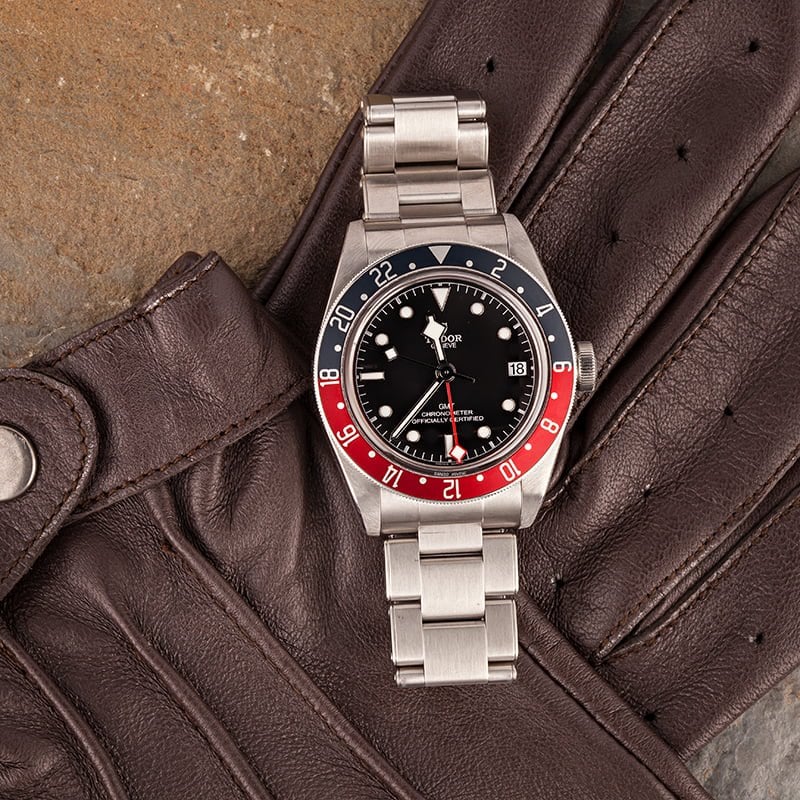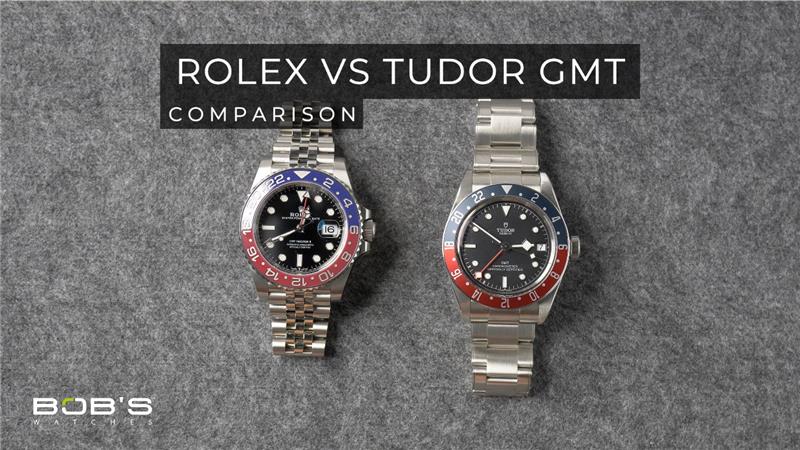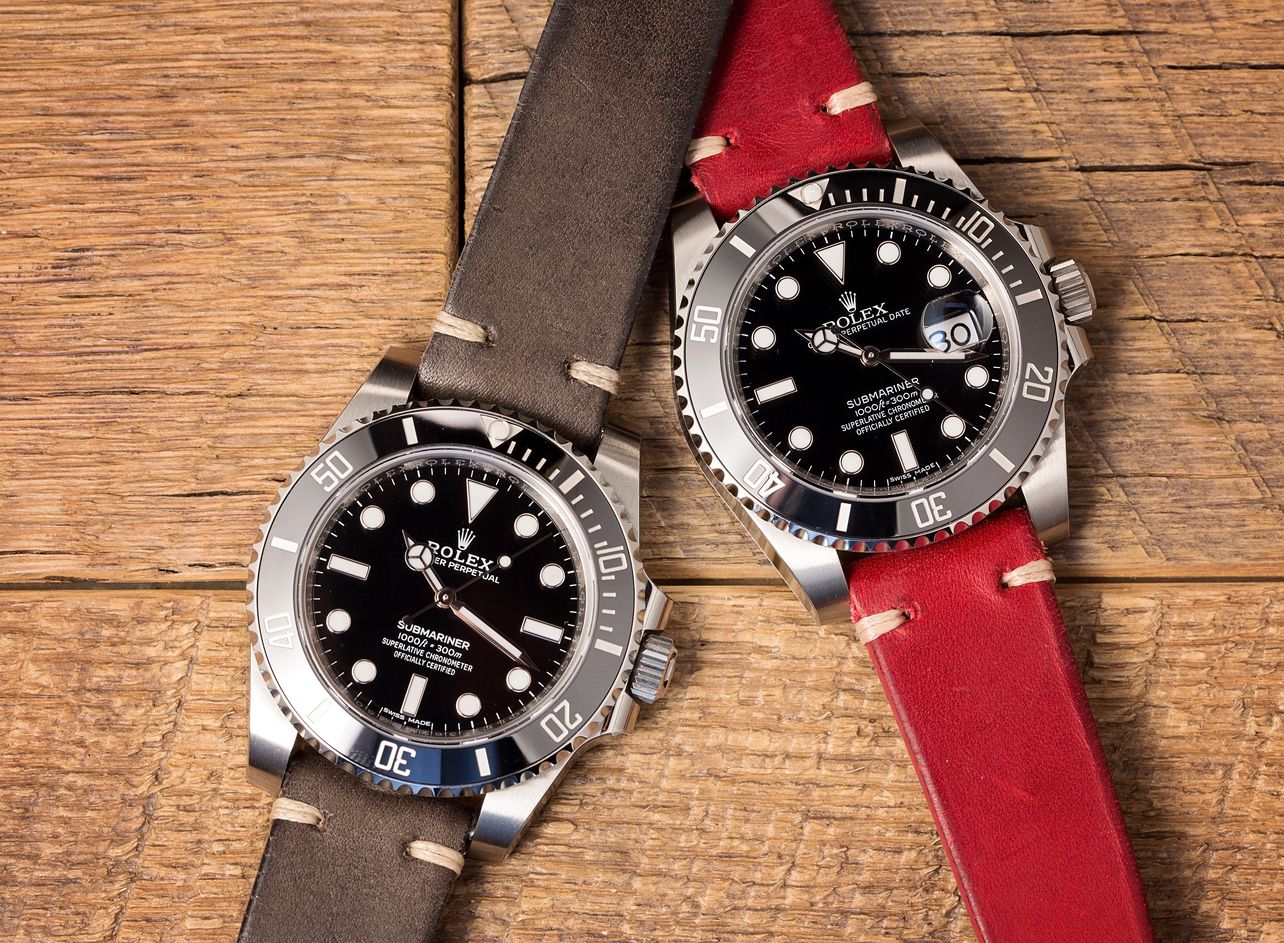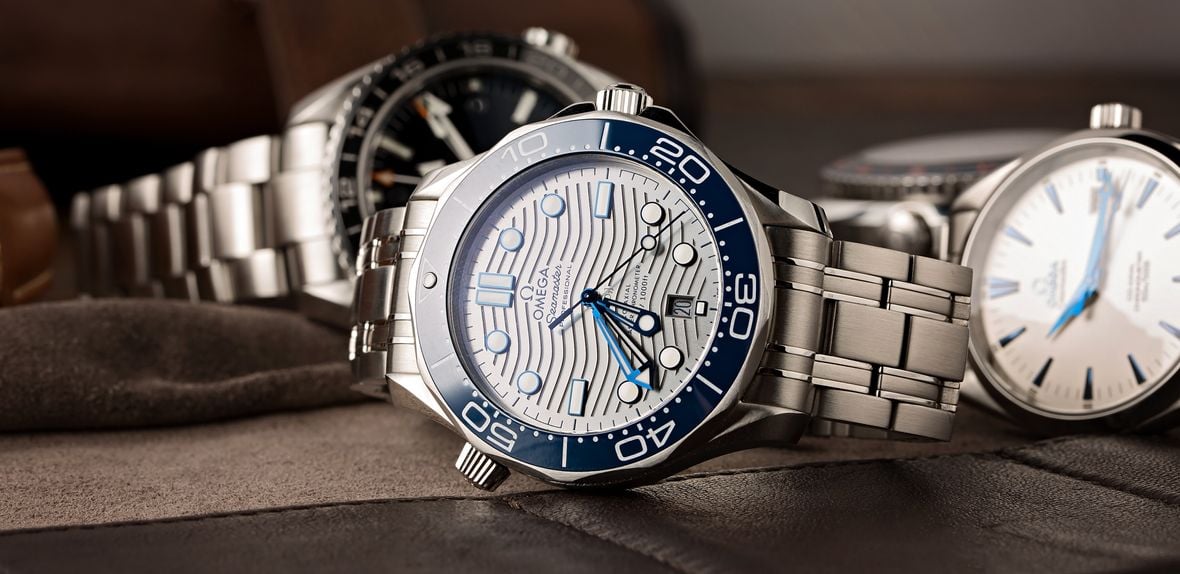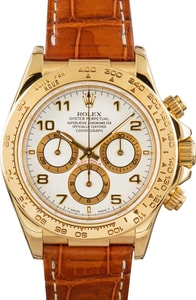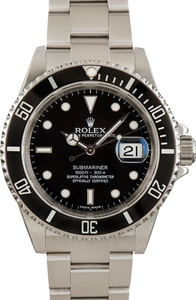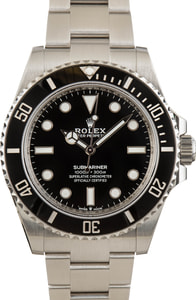Many of the biggest names in the watch industry can be found each spring at Baselworld. The show is an opportunity for many brands like Rolex and Tudor to formally introduce their latest innovations. Baselworld 2018 was an exciting year as it brought us two incredible GMT watches: the Rolex GMT-Master II (ref. 126710BLRO) and the Tudor Black Bay GMT (ref. 79830RB). Both bring a unique aesthetic to the table, which we will explore further in this article.
The Rolex GMT-Master II 126710
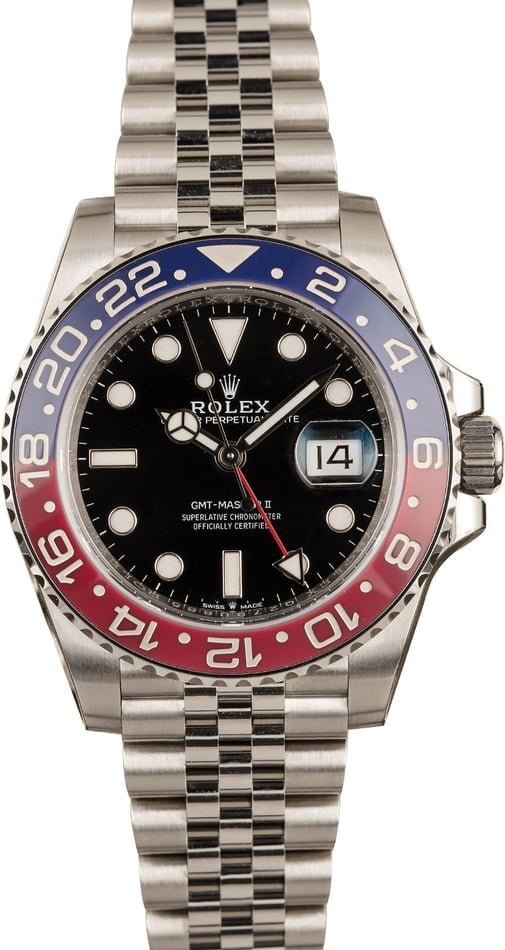
Rolex introduced the first GMT-Master in 1955 as a dual-time tool watch for professional pilots. The original model included a dedicated 24-hour hand that has since been upgraded via the GMT-Master II collection in the 1980s to operate independently of the 12-hour hand on the dial. This innovative design allows the wearer to reference up to three time zones at once.
The current edition was released at Baselworld 2018 and includes a design that balances a classic pilot’s watch aesthetic with a slew of modern offerings. The case remains 40mm in diameter, but like the previous generation, it features larger crown guards and broader lugs, giving it the appearance of a slightly larger wristwatch. The case is constructed from Rolex’s proprietary 904L-grade Oystersteel and also features a bi-directional bezel with 24 positions and a bi-color Cerachrom ceramic insert that is highly scratch and fade-resistant.
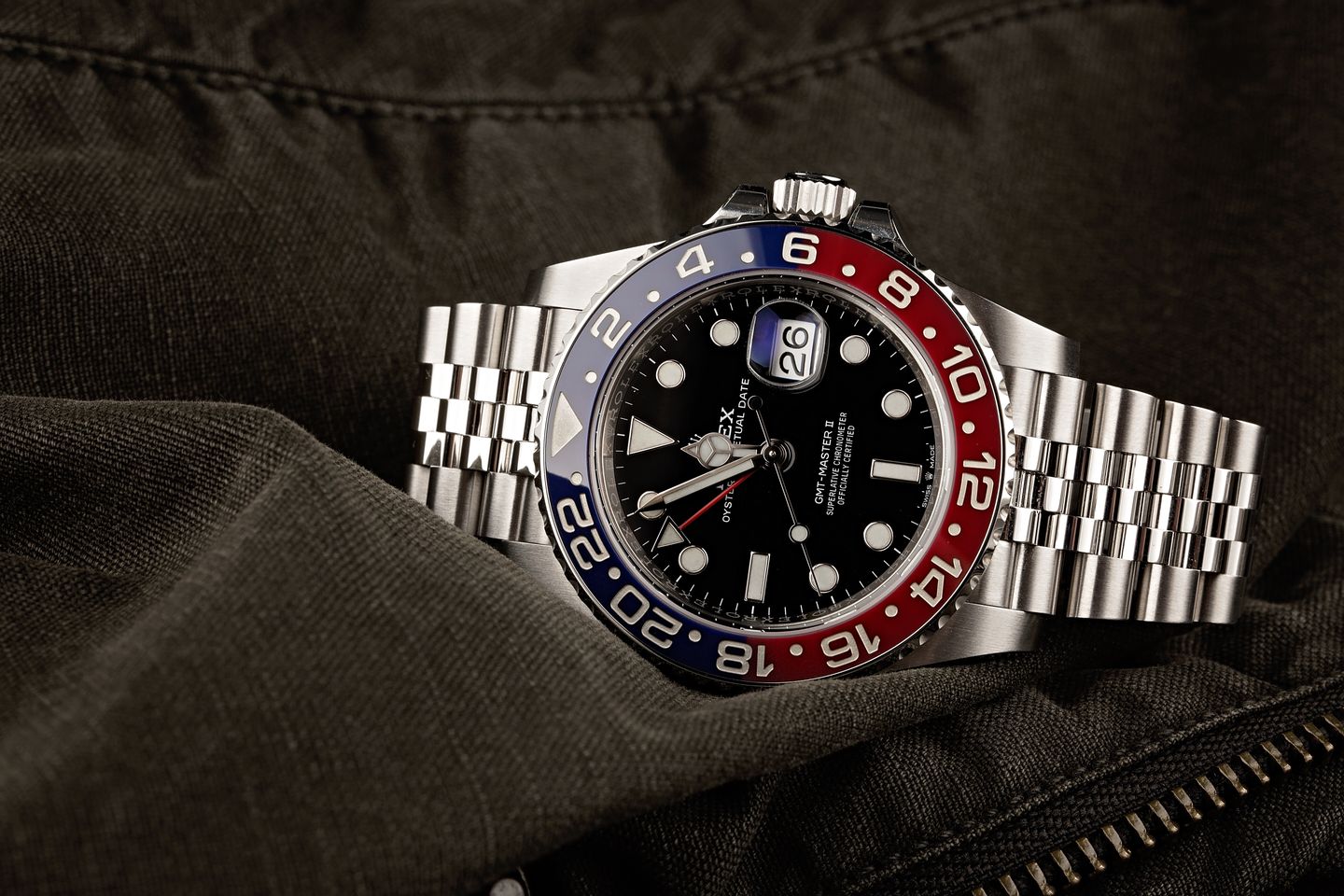
The case is also equipped with a flat sapphire crystal with a Cyclops magnification lens fixed over the date and a Triplock screw-down crown with a water resistance rating of 100 meters. Inside is Rolex’s new-generation Calibre 3285 movement, which boasts their highly-stringent “Superlative Chronometer” certification. The Cal. 3285 includes bi-directional winding, a paramagnetic blue Parachrom hairspring, and guaranteed accuracy up to -2/+2 seconds per day. The movement also includes a convenient 70-hour power reserve, which provides it with substantially increased autonomy over the previous generation.
The time is displayed on what Rolex refers to as a “Maxi” dial, which includes larger markers and hands filled with Chromalight lume. This material emits a long-lasting blue glow and is a very desirable feature among many collectors. The GMT-Master II 126710 is only available on a five-link Jubilee bracelet with a folding Oysterlock clasp, and it is offered with either a red and blue “Pepsi” bezel with a red GMT hand or a black and blue “Batman” bezel with a blue GMT hand. Unlike its predecessor, the ref. 116710, the newest edition is not available on a three-link Oyster bracelet, nor does it offer the option of an all-black bezel insert.
Retail prices for Rolex GMT-Master II 126710 watches start at $9,250; however, due to overwhelming demand and a relatively fixed supply, pre-owned examples trade hands for significantly above their original purchase prices on the secondary market.
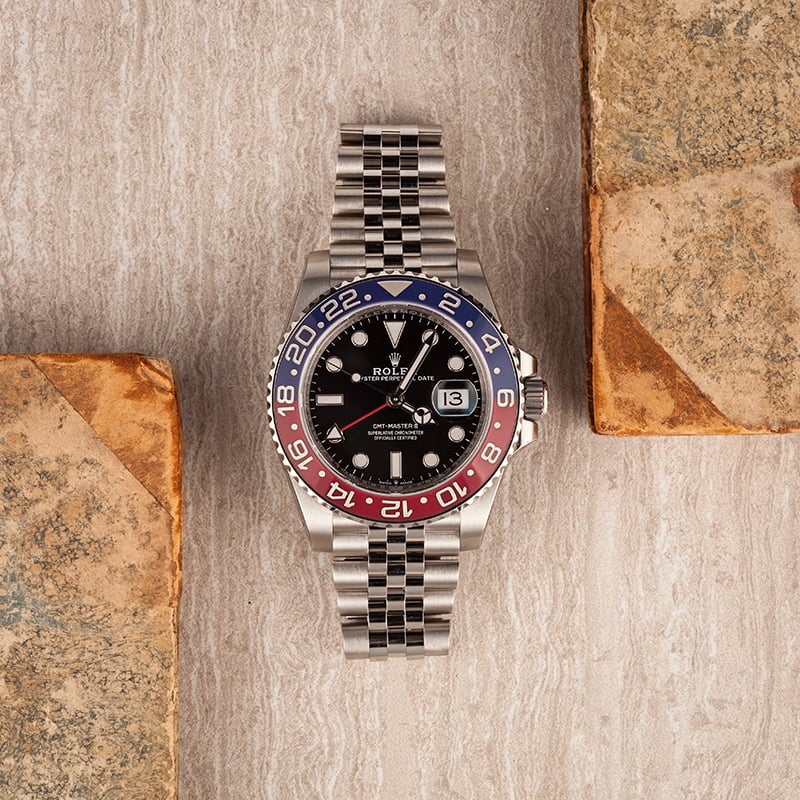
The Tudor Black Bay GMT Pepsi 79830RB
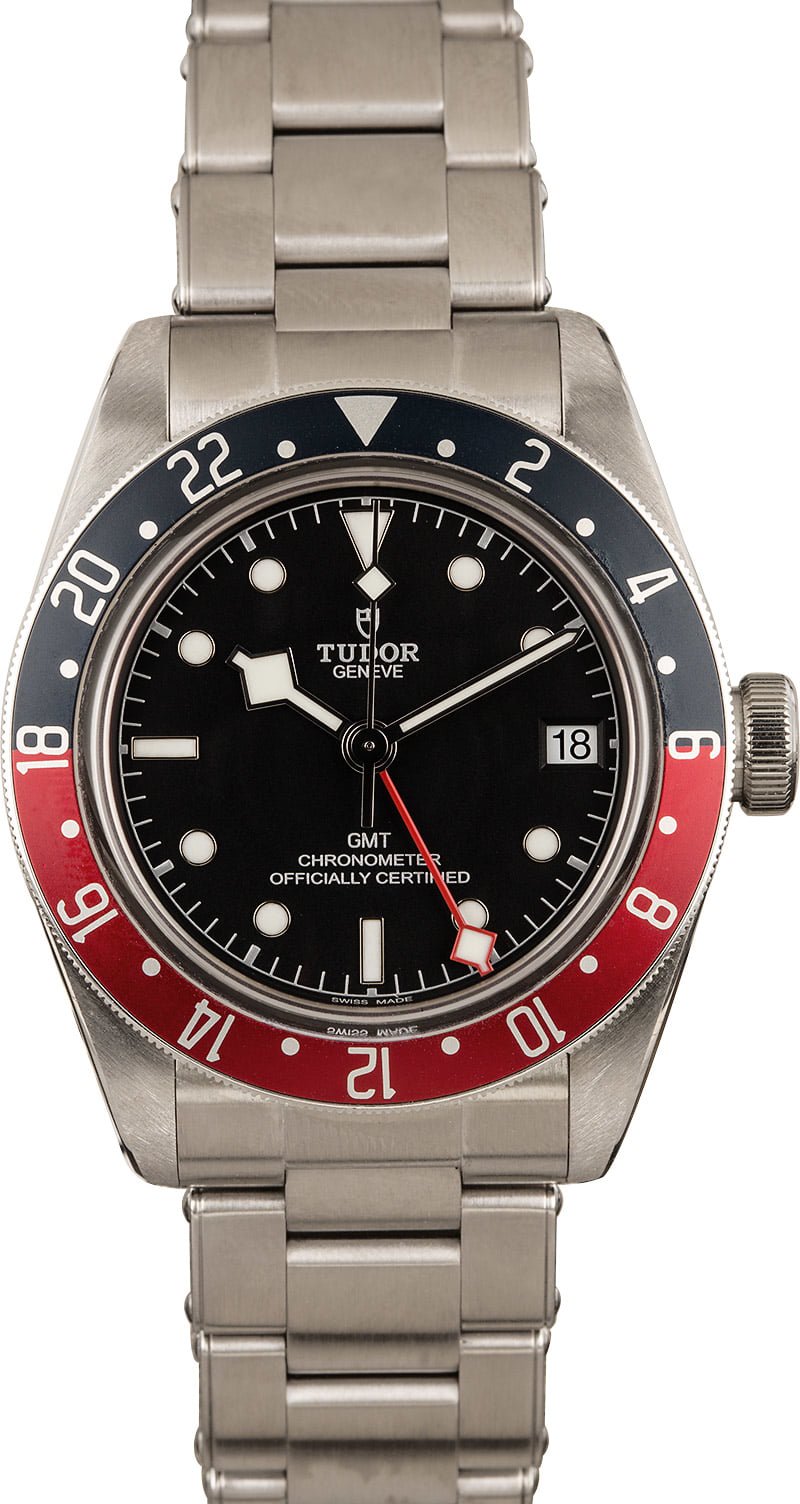
While the Rolex GMT-Master II 126710 is the definition of contemporary watch design, the Tudor Black Bay GMT 79830 is decidedly more retro. Its design is reminiscent of earlier-model sports watches while also enjoying many upgraded features, such as a sapphire crystal, an in-house movement, and longer-lasting luminous plots.
The Black Bay collection was first released in 2012 as a vintage-inspired dive watch, with the GMT version making its debut at Baselworld 2018 as the ref. 79830RB . Its feature set includes a 41mm case without crown guards, a domed sapphire crystal, and the option of either a rivet-link bracelet in stainless steel, a fabric strap secured by a pin buckle, or a leather strap with a fold-over clasp.
While Rolex utilizes their proprietary “Cerachrom” ceramic material for their bezel inserts and gives the modern GMT-Master II’s bezel 24 positions, Tudor opts for an anodized aluminum insert and a bezel with 48 positions. The Black Bay GMT is only available with a red and blue “Pepsi” bezel, which stands apart from the Rolex variation with deeper navy and burgundy hues. Additionally, the Tudor dial is topped with luminous markers and hands that glow green rather than blue, while the case is waterproof up to 200 meters – the exact same as Tudor’s Black Bay dive watches.
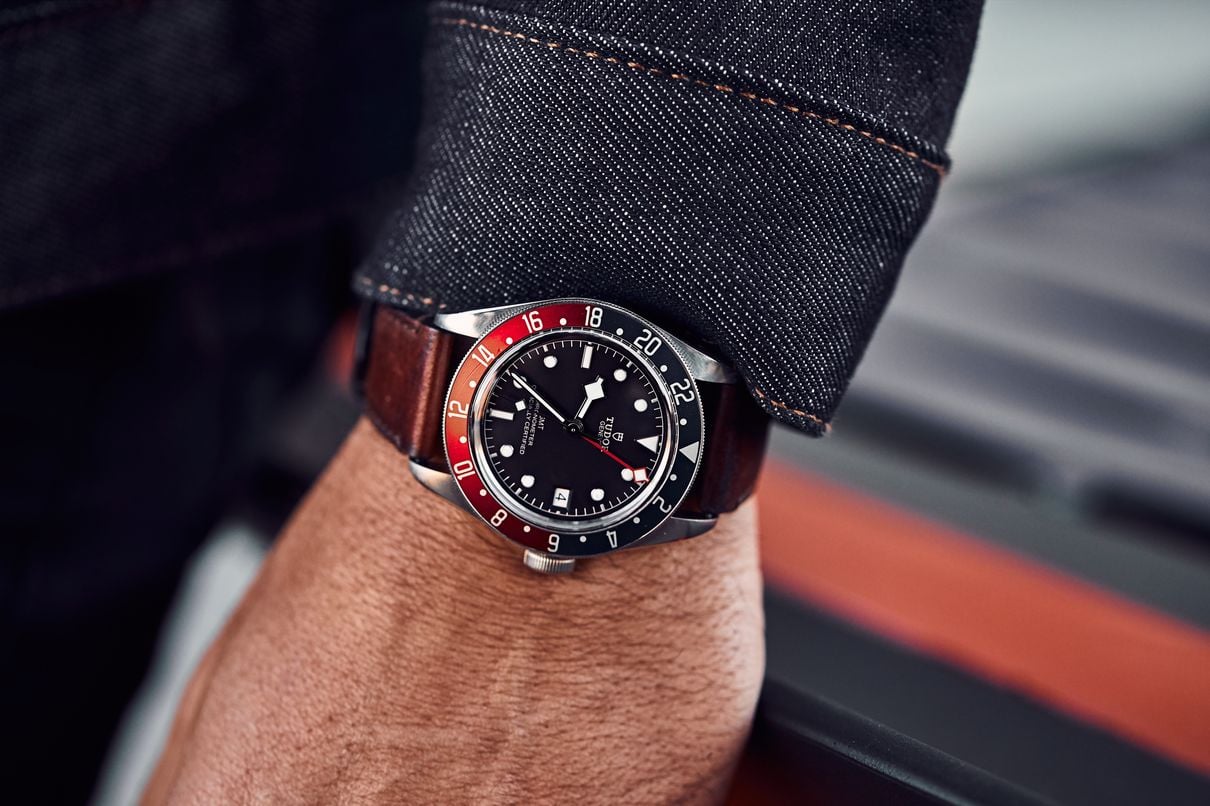
The Cal. MT5652 movement that beats within the case of the Tudor Black Bay GMT is similar to Rolex’s Cal. 3285 in that it includes independently adjustable hour hands, a 70-hour power reserve and bi-directional winding. and a COSC rating. The Rolex Cal. 3285 relies on the brand’s paramagnetic blue Parachrom hairspring for anti-magnetism, while the Tudor Cal. MT5652 utilizes a silicon balance spring. The Tudor movement is COSC chronometer-rated rather than having Rolex’s “Superlative Chronometer” certification and is guaranteed accurate to -4/+6 seconds per day, compared to Rolex’s -2/+2 rating.
Retail prices for Tudor Black Bay GMT 79830RB watches start at $3,625 for either of the versions on the strap or $3,950 for the model on the bracelet. Although demand for the Tudor Black Bay GMT is strong and most dealers are out of stock, the waitlist for the Tudor GMT is a fraction of the length of the waitlist for the Rolex GMT-Master II.
While the differences are measurable, both GMT watches are spectacular in their own right. When choosing between the two, it largely comes down to budget and personal preferences. The Rolex GMT-Master II boasts a higher accuracy rating and offers all of Rolex’s latest and greatest materials and innovations, while the Tudor Black Bay GMT offers vintage-inspired styling and can be purchased for a significantly lower price, both brand-new and on the secondary market.
